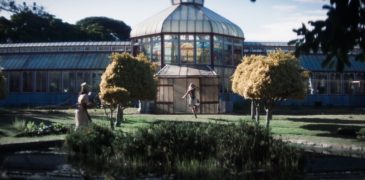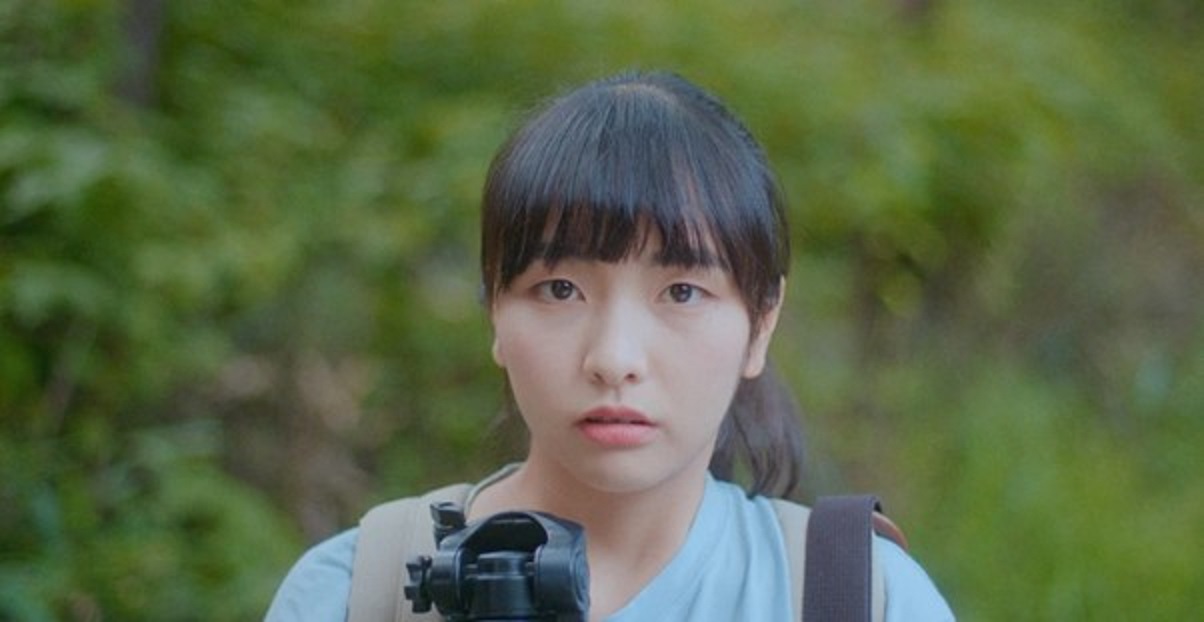
Techno-horror is a fertile subgenre. Since technology constantly evolves, so must our relationship to it. Our increasingly teach-reliant existence offers countless angles from which to tackle what are, essentially, cautionary tales. From Frankenstein’s nervous awe towards the Godlike power of electricity, all the way to computer-screen horrors like Unfriended and Host, there is little ground the genre has not yet doggedly covered. South Korean director Seong-yoon Hong’s 2020 short is a fresh take on a saturated market. Digital Video Editing with Adobe Premiere Pro: The Real-World Guide to Set Up and Workflow concerns a literal ghost in the machine. While this premise is not wholly original, the execution is deeply impressive.
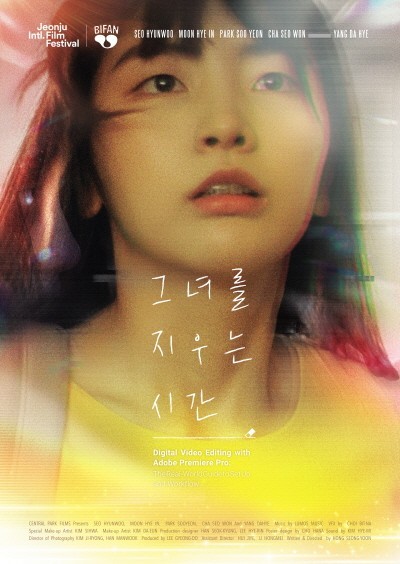
It is a tale as old as time: a nervous young woman; a confident young man; and a corpse. When a ghost crashes the post-production of his passion project, a director (Hyun-woo Seo) enlists an acclaimed “King of Editing” (Hye-in Mun) to work her magic. What at first seems to be an easy job is unduly hampered by the director’s insistence that every single shot remains essentially unchanged. The increasingly harassed editor tries every trick in the book and mostly wins over her impossible client. Soon, however, his stubbornness threatens more than the movie.
Combining scenes from the director’s film and screen recordings of the editing process, DIGITAL VIDEO EDITING is simple but effective. Mostly unseen, Seo and Mun have great chemistry, with Mun, in particular, giving a charismatic performance. She seems torn between wanting to make fun of the typical, sickly-sweet romance and genuinely rooting for it, even praising certain shots and directing choices. Thanks to this, the film leans more into comedy than horror. There are jump scares, but not so many as to be distracting. The first and last are the most effective, eliciting embarrassed shrieks from the editor. The ghost itself is visually reminiscent of Sadako from Ring, with certain elements (death rattles, reams of black hair) borrowed from Ju-on. This is no doubt intentional, with the editor commenting on clichés usually found in horror films. Both she and the director disparage this ghost’s apparent lack of cinematic literacy.
Where the film stumbles is in the execution of its climax. Leaning more seriously into the horror of the situation and coming out of the editing suite hampers the film’s momentum. It ceases at this point to be technically or visually clever, and its success in the third act will be reliant mostly on how much the audience likes the characters. Switching to a more traditional style serves mostly to highlight how clever the rest of the film truly is. In addition to this, where the comedy is strong, the horror is weak. We have spent so much time demystifying the ghost that her eventual assault falls flat. Relatedly, as already mentioned, the ghost is deliberately derivative, so there is little excitement or originality in her supernatural attack. Happily, the film reverts for the denouement, and the finale is just as strong as the beginning.
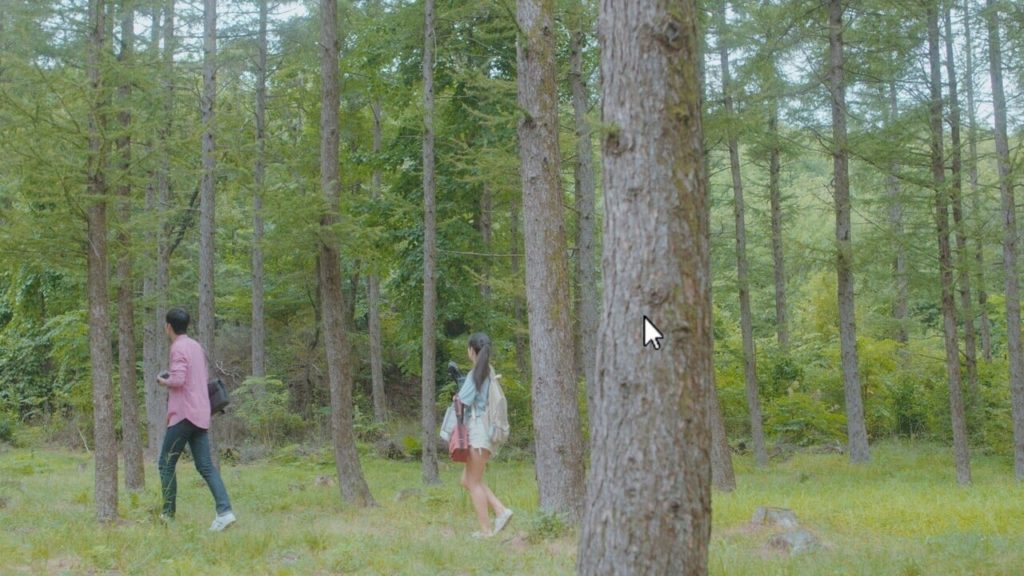
Despite its techno-horror trappings, DIGITAL VIDEO EDITING is much more interested in artistic temperament and intention, and the director-editor relationship. The director is clearly passionate – so much so that the editor’s innocuous criticisms audibly rankle him. He constantly references and quotes other (better) directors, wearing his influences proudly on his sleeve. So married is he to his vision, that it may cost him and his editor their lives. Her far more practical, clear-eyed approach to the task at hand clashes with his rose-tinted poeticism. More than anything, this is a film about a director learning to trust his editor and (to quote a different artist) kill his darlings. Third-act stumble notwithstanding, DIGITAL VIDEO EDITING is a remarkable achievement.
We watched DIGITAL VIDEO EDITING WITH ADOBE PREMIERE PRO: THE REAL-WORLD GUIDE TO SET UP AND WORKFLOW as part of Unnamed Footage Festival 666.
More Festival Coverage
The seminal American folk horror film Eyes on Fire has been unavailable on home video for decades. Thankfully, the good people at Severin Films has given the title a 4k… In 1967, four South African Republican Intelligence Agents respond to a mysterious object crash landing on a farm, playing out to offer South Africa’s first found footage horror movie. They… Traumatised from witnessing the horrific death of her parents, Sara attempts to take her own life. Waking up in the aftermath of this, she cannot remember anything and does her… “The Lord giveth. The chamber taketh away.” The Ackerman’s have a family business: torture. When older brother Tyler (Seth O’Shea) goes missing, his sister Ava (Jessica Vano) is left in… Minore is a 2023 Greek sci-fi horror comedy, written and directed by Konstantinos Koutsoliotas, with additional writing from Elizabeth E. Schuch. Although mostly known as a visual effects artist who… Post-apocalyptic films after a pandemic certainly seem poised to hit their stride, with the horror genre acting as a cathartic release from modern day anxieties. Enter Glasshouse, the debut from…Eyes of Fire (1983) Film Review – Early Stirrings of Folk Horror
Wesens (2020) Film Review – A Subversive Mystery From The Afrikaans Sky
The Free Fall (2021) Film Review – Dreams, Gaslighting, or Something Sinister?
The Chamber of Terror (2021) Film Review – Canada’s Evil Dead
Minore (2023) Film Review – Greek Sci-fi Horror [FrightFest]
Glasshouse (2021) Film Review – Horror of Fleeting Memories
Isabelle is a writer from the UK who enjoys alternative manga and horror films. When not writing, you can probably find Isabelle buying books or obsessing over Martin and Lewis.
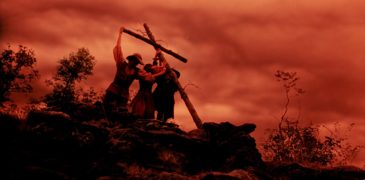
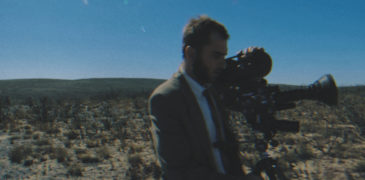
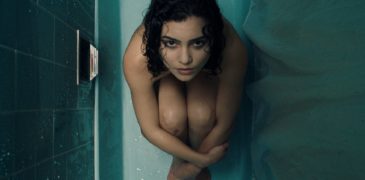
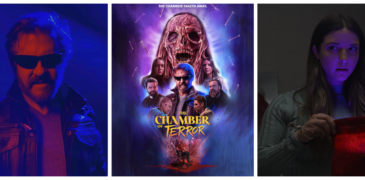
![Minore (2023) Film Review – Greek Sci-fi Horror [FrightFest]](https://www.grimoireofhorror.com/wp-content/uploads/2023/08/Minore-202310-365x180.jpg)
